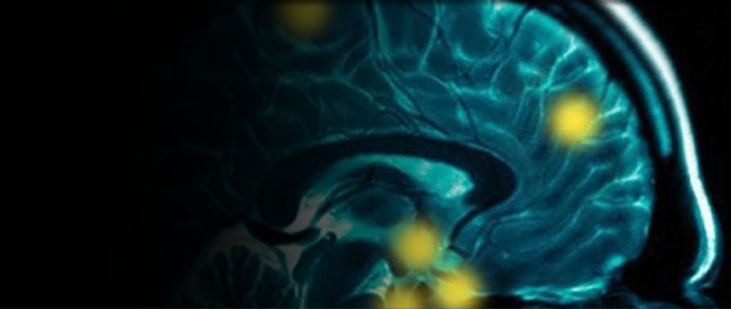By M. Dylan Tisdall, Martin Reuter, Abid Qureshi, Randy L. Buckner, Bruce Fischl, and André J.W. van der Kouwe | NeuroImage | December 2, 2015
Abstract:
Recent work has demonstrated that subject motion produces systematic biases in the metrics computed by widely used morphometry software packages, even when the motion is too small to produce noticeable image artifacts. In the common situation where the control population exhibits different behaviors in the scanner when compared to the experimental population, these systematic measurement biases may produce significant confounds for between-group analyses, leading to erroneous conclusions about group differences. While previous work has shown that prospective motion correction can improve perceived image quality, here we demonstrate that, in healthy subjects performing a variety of directed motions, the use of the volumetric navigator (vNav) prospective motion correction system significantly reduces the motion-induced bias and variance in morphometry.



